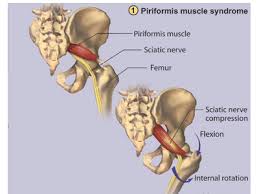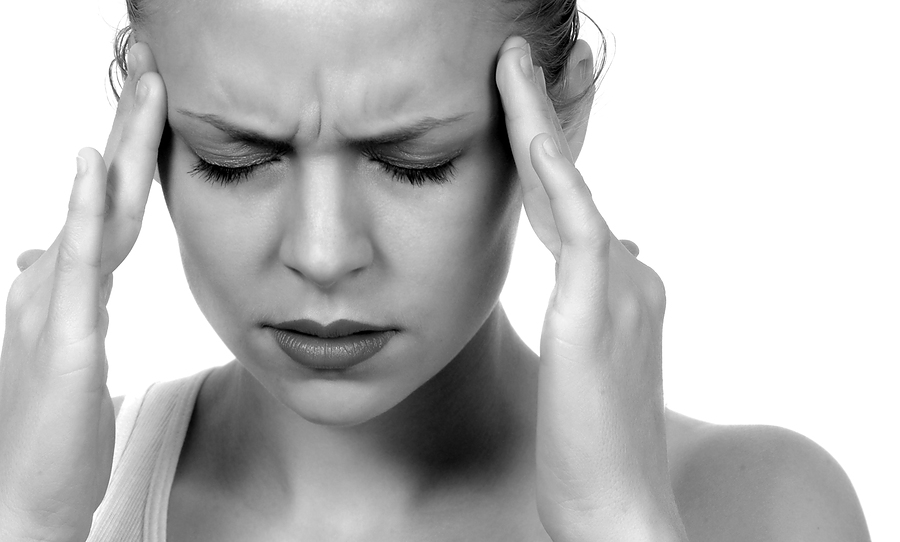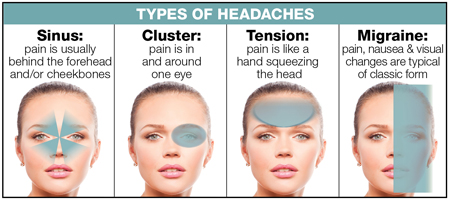
The following is an article by Dr. Jordan Metzl published November 5, 2015 on the Triathlete-Europe website. The article is targeting individuals who lead a very active, even aggressively athletic lifestyle. However, Piriformis Syndrome can affect anyone, at any time. I hope you find the information helpful. If, after reading this short article, you think you may be suffering from Piriformis Syndrome, it is important to know that massage therapy has proven highly effective as a form of treatment for this painful condition. Please click here for an appointment so we can begin a program to bring you relief today.
Piriformis Syndrome Treatment, Prevention
- By Dr. Jordan Metzl
- Published November 5, 2015
The Symptoms
Pain in the lower back and/or buttocks, sometimes feeling as if it’s deep inside the buttock muscles. It may be too painful to sit on the affected buttock. The pain and/or tingling can radiate down the backs of the legs as well.
What’s Going On In There?
The piriformis muscle runs behind the hip joint and aids in external hip rotation, or turning your leg outward. The catch here is that the piriformis crosses over the sciatic nerve. The piriformis muscle can become tight from, for example, too much sitting (a problem many working people can relate to). The muscle can also be strained by spasm or overuse. In piriformis syndrome, this tightness or spasm causes the muscle to compress and irritate the sciatic nerve. This brings on lower-back and buttock pain, sometimes severe. The diagnosis is tricky because piriformis syndrome can very easily be confused with sciatica.
The difference between these diagnoses is that traditional sciatica is generally caused by some spinal issue, like a compressed lumbar disc. Piriformis syndrome becomes the go-to diagnosis when sciatica is present with no discernible spinal cause.
Runners, cyclists and rowers are the athletes most at risk for piriformis syndrome. They engage in pure forward movement, which can weaken hip adductors and abductors, the muscles that allow us to open and close our legs. Throw in some weak glutes, and all those poorly conditioned muscles put extra strain on the piriformis. And you’ve got a painful problem.
Another risk for runners: Overpronating (when your foot turns inward) can cause the knee to rotate on impact. The piriformis fires to help prevent the knee from rotating too much, which can lead to overuse and tightening of the muscle.

 resources that indicate that massage therapy is very helpful in alleviating and even, possibly, preventing headaches.
resources that indicate that massage therapy is very helpful in alleviating and even, possibly, preventing headaches.